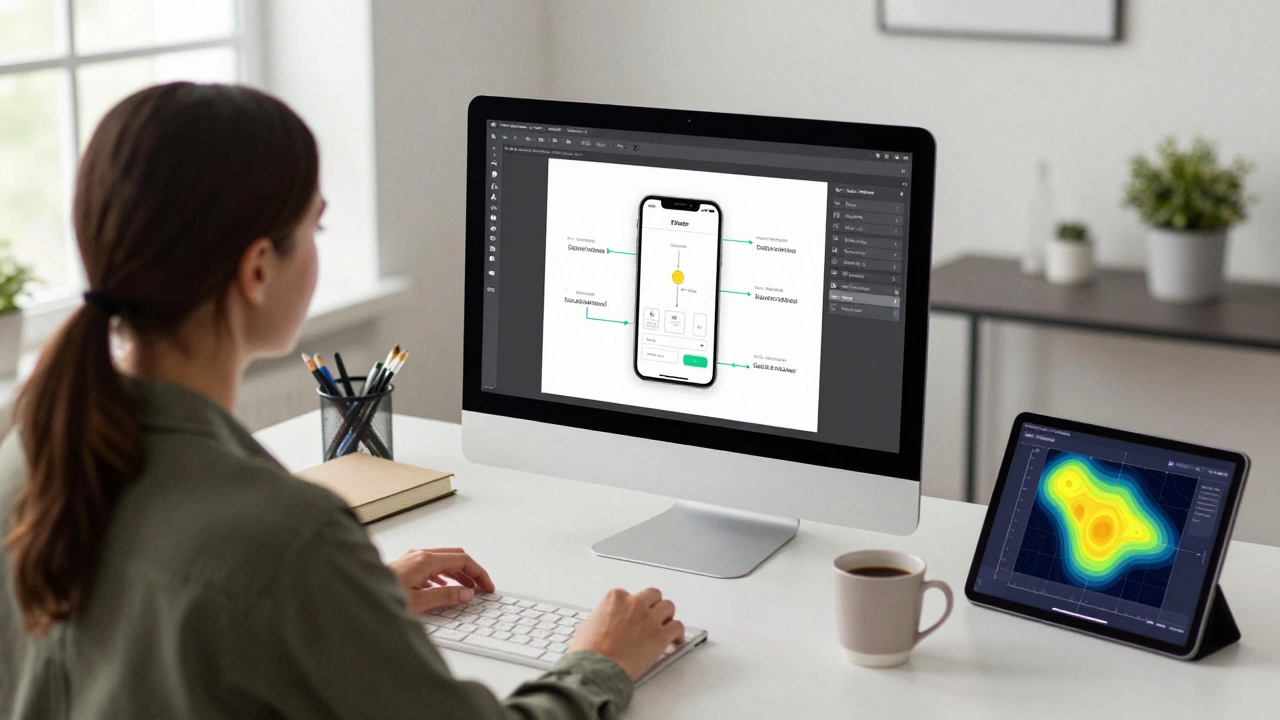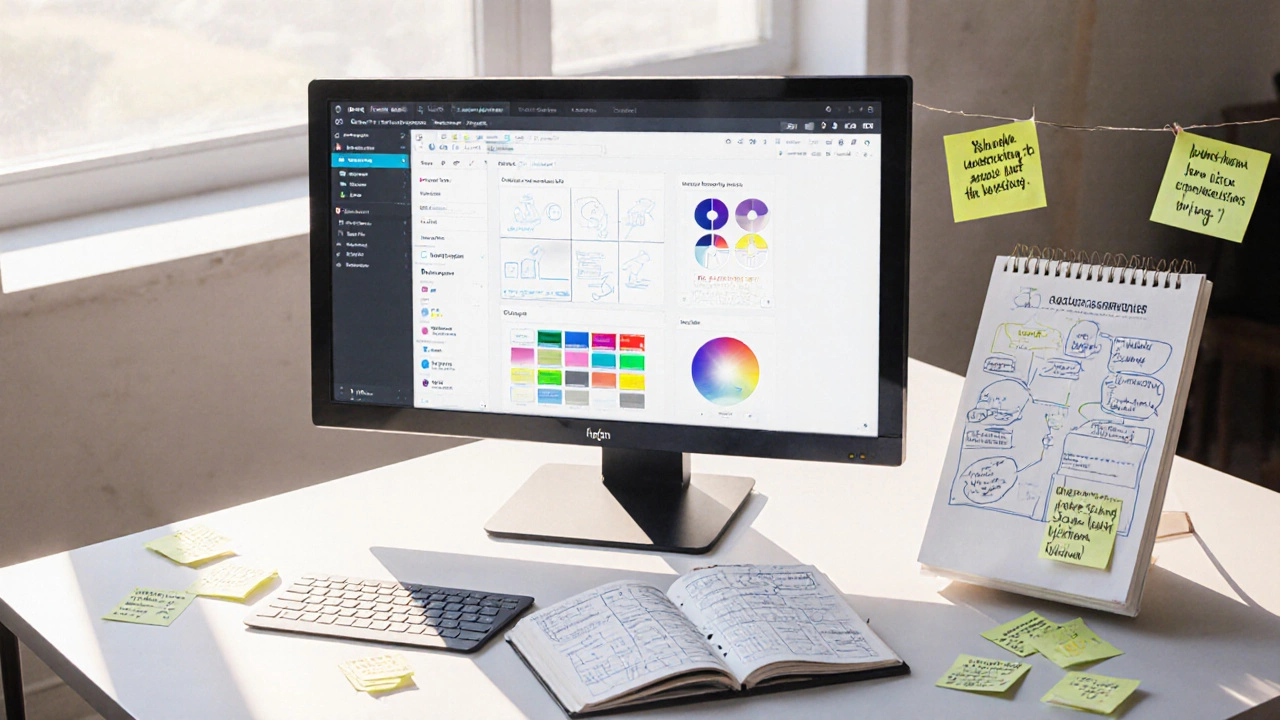When dealing with Design vs Development, the ongoing conversation about whether visual design or coding should drive a project first. Also known as design‑development balance, it shapes how teams allocate time, budget, and talent. At the same time, Responsive Design, a technique that makes layouts adapt to any screen size demands cooperation between designers who craft fluid grids and developers who write media queries. Understanding this dialogue is the first step toward building sites that look good and work fast.
On the technical side, Frontend Development, the part of a website that runs in the browser translates design mockups into HTML, CSS, and JavaScript. It requires a keen eye for detail and a solid grasp of browser quirks. Meanwhile, Backend Development, the server‑side logic that stores data and powers dynamic features focuses on APIs, databases, and performance. Both sides share the same goal—delivering a seamless user experience—but they speak different languages. When a project leans too heavily toward one side, you risk either a beautiful but broken site or a functional engine with no visual appeal.
Adding another layer, UI/UX, the practice of designing intuitive interfaces and pleasant user journeys bridges the gap between visual design and code. UI (User Interface) focuses on the look and feel—colors, typography, button states—while UX (User Experience) evaluates the overall flow, accessibility, and satisfaction. When designers and developers collaborate early, UI guidelines can inform component libraries, and UX research can dictate backend data structures. Ignoring this link often leads to redesigns after the code is live, inflating costs and delaying launches.
Consider a typical semantic triple: Design vs Development encompasses Responsive Design; Responsive Design requires Frontend Development skills; Frontend Development influences UI/UX outcomes. This chain shows how each entity shapes the next, reinforcing the idea that the debate isn’t a zero‑sum game but a series of interdependent decisions. Real‑world teams that treat design and development as partners tend to ship faster, retain users longer, and spend less on revisions.
From a project management angle, the balance often hinges on timing. Early design sprints produce style guides, component sketches, and user flows that give developers a clear roadmap. Later, developers can feed back on feasibility, suggesting when a CSS animation might hurt performance or when a data‑intensive feature needs caching. This iterative feedback loop mirrors the semantic relationship: Backend Development informs Frontend Development constraints, while Frontend Development validates Design choices. When the loop closes, you end up with a site that feels polished and runs smoothly.
Tools also play a role. Design systems built in Figma or Sketch often export CSS tokens that developers drop straight into codebases. Conversely, component libraries like React or Vue let designers see live prototypes, narrowing the gap between vision and implementation. These platforms embody the principle that Design vs Development isn’t a static debate—it evolves with the tech stack you choose. Choosing the right tools, therefore, becomes a strategic decision that impacts both aesthetics and performance.
Budget considerations echo the same pattern. Allocating too much of the budget to high‑fidelity visuals without backing them with solid code can result in a site that dazzles on the home page but crashes under traffic. On the flip side, focusing solely on backend robustness while skimping on UI can lead to user abandonment. A balanced spend—often split 40/60 or 50/50 depending on the product—ensures that visual appeal and technical stability reinforce each other. This financial split reflects the semantic link: investment in Responsive Design and UI/UX drives conversion, while investment in Backend Development safeguards scalability.
Finally, the human factor matters. Teams that foster open communication, shared hand‑offs, and joint retrospectives tend to resolve the Design vs Development tension faster. Having a single point of contact—like a product owner who understands both design language and code constraints—keeps everyone aligned. This role is the glue that makes the semantic chain hold: it translates design intent into technical tasks and feeds back performance data to refine the design.
Now that you see how design, development, responsiveness, and user experience intertwine, the articles below will dive deeper into each angle—whether you’re choosing a backend language, comparing frameworks, or learning how to make a site truly responsive.

UI/UX design isn't a coding job, but knowing basic HTML and CSS makes you a better designer. Learn what skills actually matter and how to bridge the gap between design and development.
Read More
Discover the true differences between UI/UX design and coding, the tools each uses, where they overlap, and how to collaborate for better digital products.
Read More